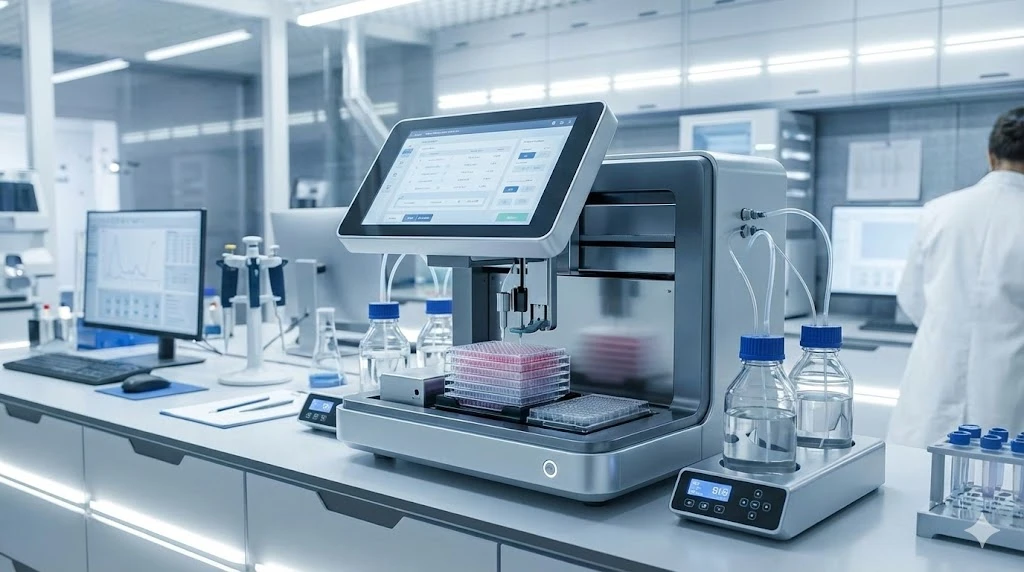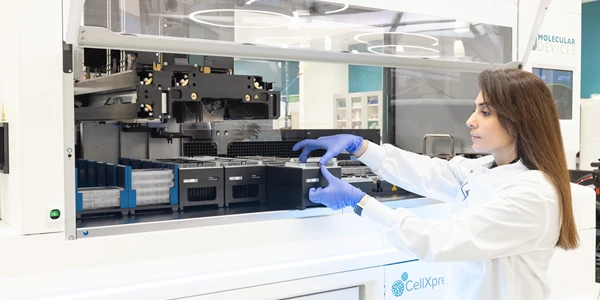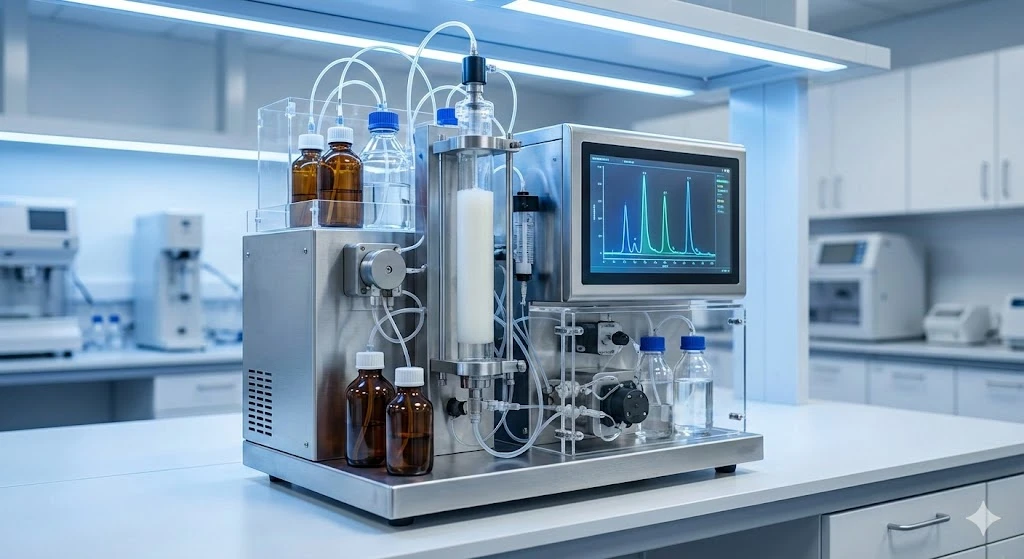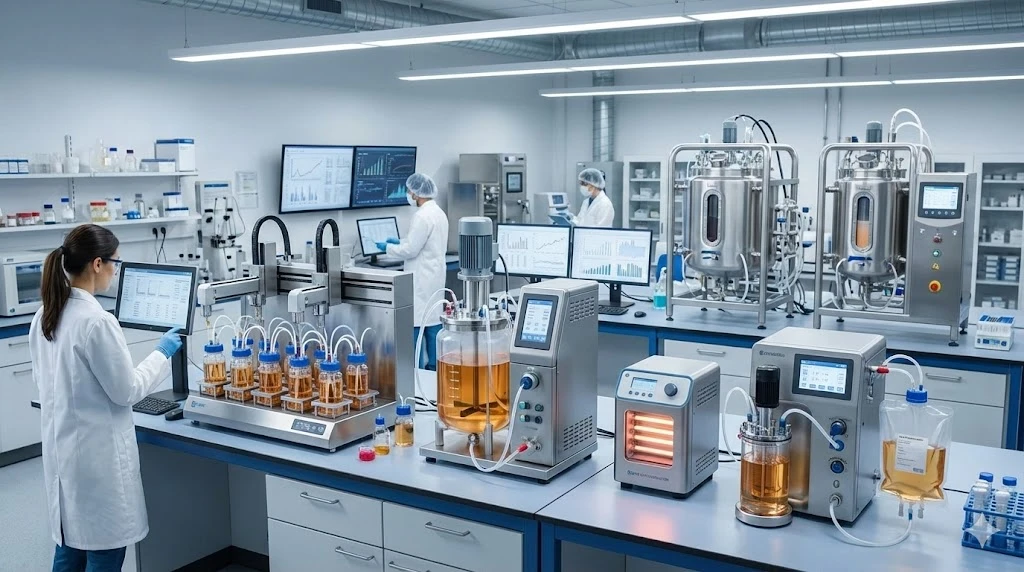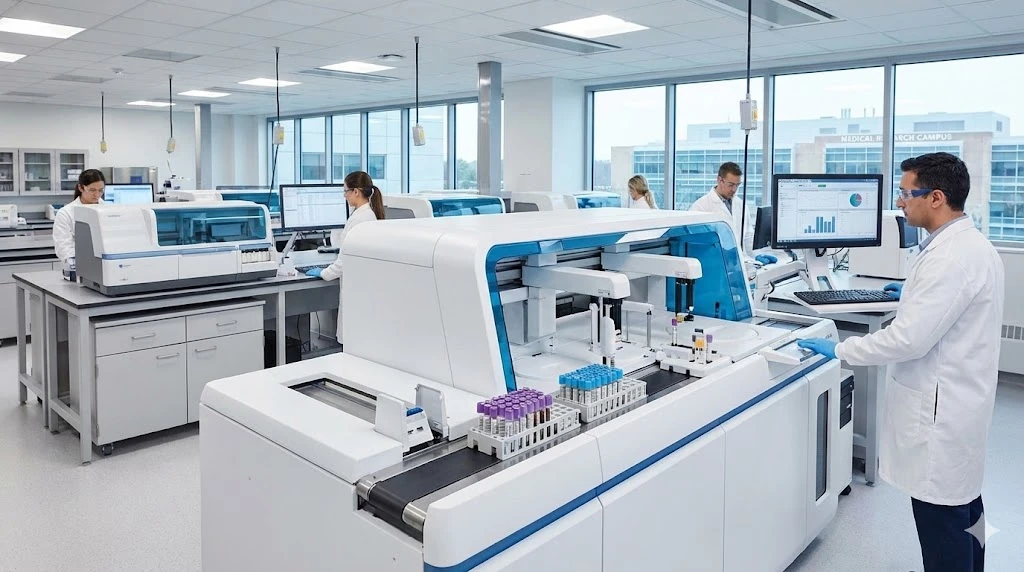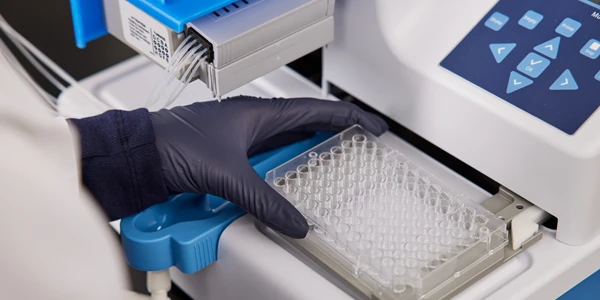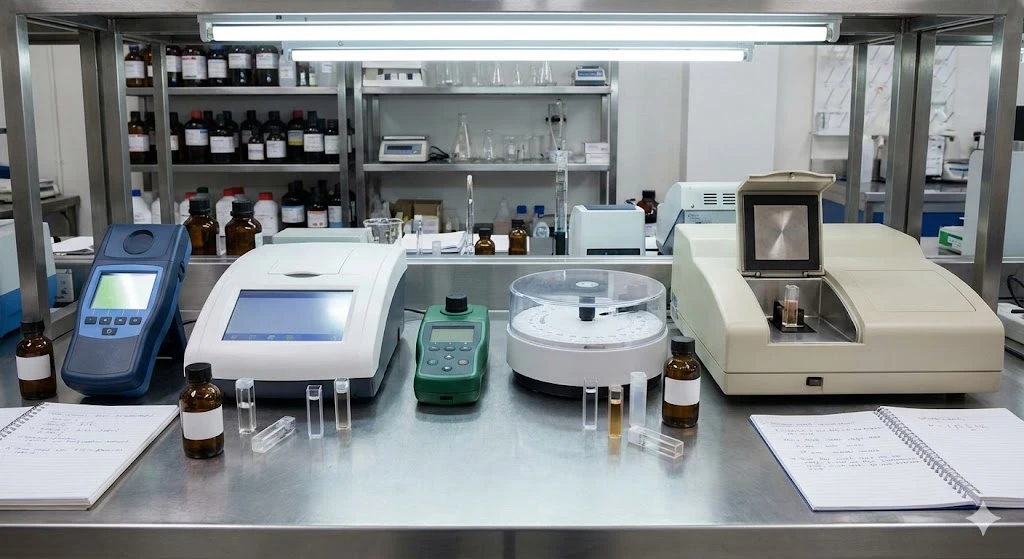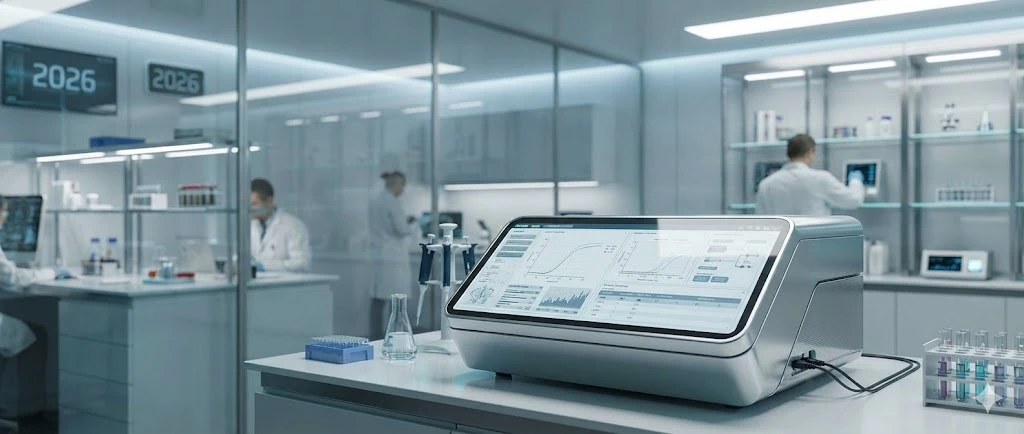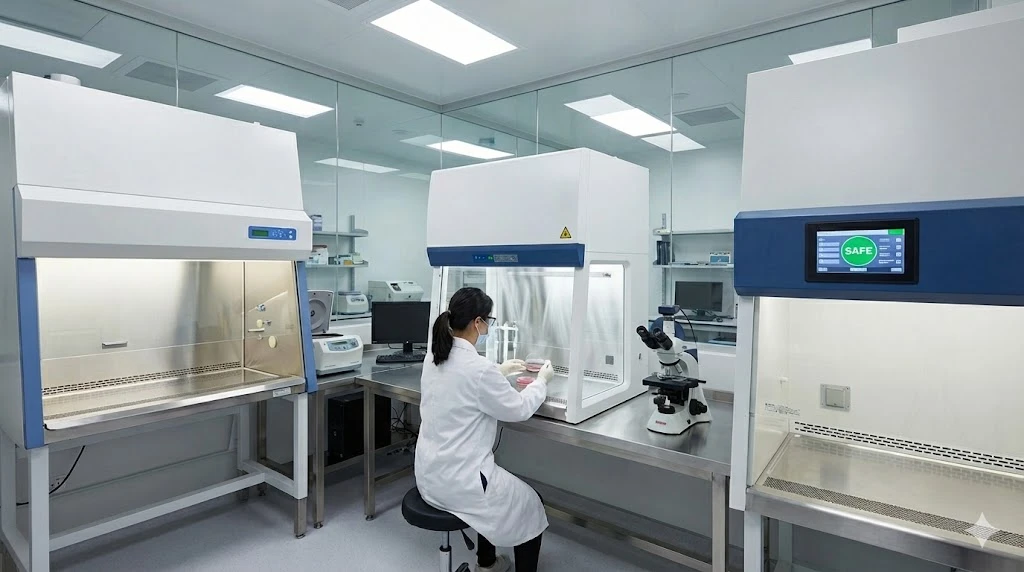At-Home COVID-19 Testing Kits: How Do They Work?
The growing number of at-home sample collection devices and testing products drives the question -- how these covid-19 testing solutions work?
Extent of FDA approved testing platforms
There are now approximately 300 In vitro diagnostic products that have received Emergency Use Authorization from the FDA for SARS-CoV-2 testing. These include molecular, RT-PCR, antigen, and antibody tests approved for hospital and medical settings operating under CLIA guidelines.
Specimen Home Collection
Included on this list of approved diagnostic products is the growing range of home collection kits built to be compatible with one or more of the approved testing platforms. The Gravity Diagnostics SARS-CoV-2 RT-PCR Assay, for instance, can be used with nasal swab or saliva specimens collected by a healthcare provider (HCP).
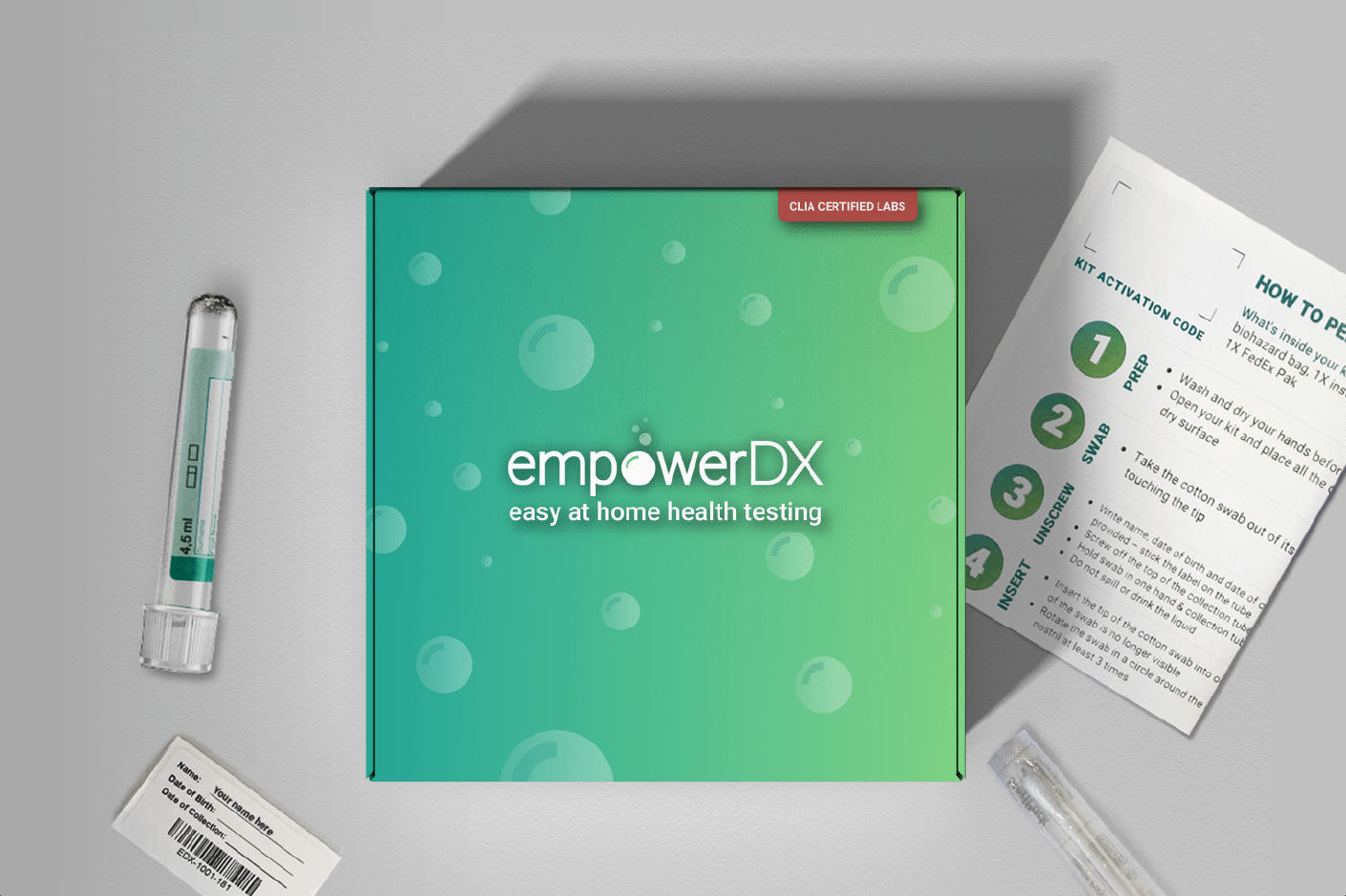
The assay can also be used, however, with nasal swab specimens that are self-collected at home or in a healthcare setting. Either the Everlywell COVID-19 Test Home Collection Kit or the Kroger Health COVID-19 Test Home Collection Kit can be used, depending on the advice of an HCP and results of a COVID-19 questionnaire.
Another platform, the EmpowerDX At-Home COVID-19 PCR Test Kit, is designed for the use of self-collected nasal swabs at home. These samples can then be run on In vitro diagnostic testing platforms designated as compatible with the Empower test kit.
The list of self collection products and compatible testing platforms is extensive and is growing day by day.
Point of Care and Remote Testing
The value of point-of-care (POC) and remote testing is many-fold. Sample collection at testing sites typically requires a health care professional and can be time intensive. For those not inclined to visit clinics or testing sites for whatever reason, at-home solutions have become an attractive alternative.
The advent of self collection devices, where samples are taken at home, sealed, and immediately shipped off to the lab for analysis has relieved some of the burden associated with on-site testing. Improvements in nasal swabbing, the use of saliva as a sample matrix, and optimization of sample transport conditions have accelerated this transformation.
The First At-home Complete Testing Kit

The FDA has very recently granted Emergency Use Authorization for a complete at-home Covid-19 diagnostic test – a possible game-changer for remote testing. The Lucira COVID-19 All-in-One Test Kit uses a molecular technique called real-time loop mediated amplification reaction (RT-LAMP) to produce highly accurate and specific results on a rapid time scale without the need for mail-in processing.
The Lucira Health website states validation of the test against an existing FDA authorized test, with a 94% positive predicted agreement (PPE) and a 98% negative predicted agreement (NPA). Two metrics for diagnostic performance - sensitivity and specificity – are perhaps more familiar analogues to these terms.
Sensitivity and Specificity of a test are established when there is a perfect reference standard or “gold standard”. In the case that there is no gold standard, the measures of positive predicted value (PPV) and negative predicted value (NPV) are then used. The best available test, as noted above, is considered a non-reference standard where few or no others available for test standardization.
How it Works
The all-in-one test analytical process involves several steps. The sample swab is inserted into the input vial, and swirled with reagents to promote lysis and elution of RNA from the sample. This eluant then enters the test unit where the nucleic acid is subjected to reverse transcription (RT) into it’s cognate cDNA. This DNA is then processed by loop-mediated isothermal amplification (LAMP). The presence or absence of viral DNA is indicated by a color change on the test unit’s readout.
Loop-mediated isothermal amplification (LAMP) is a single tube technique for amplification of DNA under elevated temperature conditions. RT-LAMP uses a reverse transcriptase step for amplification of RNA from test samples. LAMP differs from PCR, in that the reaction is performed at constant (isothermal) conditions without a series of alternating temperature steps or cycles.
During the LAMP reaction, several primer sets are used to amplify multiple distinct regions of target nucleic acid. A strand-displacing polymerase and an additional pair of “loop primers” are used as well. The loops formed by the loop primers facilitate subsequent rounds of exponential amplification. The resulting DNA is amenable to detection by fluorescence, colorimetric, or other photometric methods. Attributes of the LAMP technique:
- The method is relatively simple, yet rugged and less prone to the interferences.
- The technique can be much lower in cost.
- LAMP is isothermal and requires simple instrumentation.
These features combined with others make the method well-suited for fast, low-cost screening in locations such as POC clinics, doctor’s offices, and remote locations such as homes and outposts. Furthermore, these types of devices may prove useful in developing areas where testing infrastructure may be limited.
Outlook
As mentioned in the FDA press release, “…While COVID-19 diagnostic tests have been authorized for at-home collection, this is the first that can be fully self-administered and provide results at home. This new testing option is an important diagnostic advancement to address the pandemic and reduce the public burden of disease transmission,” said FDA Commissioner Stephen M. Hahn, M.D.
It's clear, that in a short time, we’ve made astonishing progress in our ability to detect SARS-CoV-2 rapidly and definitively. With the advent of innovative POC and remote testing solutions such as those described, we have elevated our ability to allow the earliest possible detection, essential for slowing the virus combatting it’s spread.
Image 1 credit: https://empowerdxlab.com/
Image 2 credit: https://www.lucirahealth.com/

